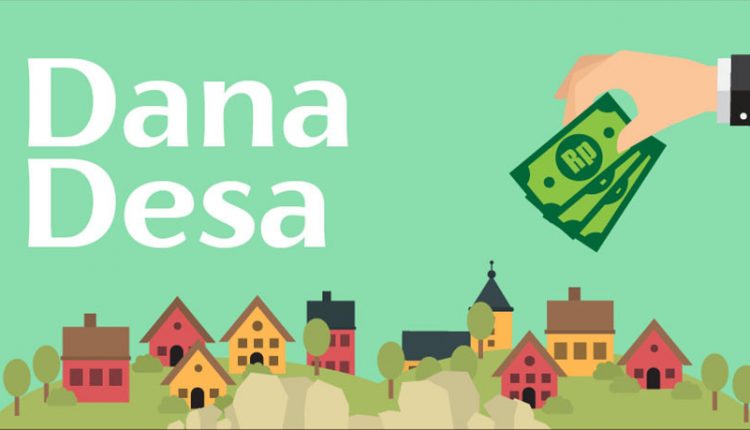Village Funds trigger the Enhancement of Independent Villages
By: Ajeng Mufadillah
Realizing development from the village is a vision carried out by the government through the Village Fund Program. The program that has been rolling out since 2015 has encouraged massive development in the village.
According to BPS Head Kecuk Haryanto based on reports from BPS observations in May, with the Village Fund being disbursed directly to the village in 2015 as much as Rp 187 trillion, which was escorted by the Ministry of Village, Development of Disadvantaged Areas and Transmigration led by Eko Minister Priyo Sandjojo. extraordinary village progress.
Compared to the situation in 2014, there was encouraging progress. Because the number of Independent Villages increased from 2,894 villages or 3.93 percent of the total number of villages in 2014 to 5,559 Mandiri villages or 7.55 percent in 2018. This is an almost 200 percent progress as a very high leap.
Conversely, the number of underdeveloped villages decreased from 19,750 villages or 26.81 percent from all villages to 13,232 villages or 17.96 percent of the total villages, a dramatic decline. In the BPS report that was just released, the number of developing villages increased from 69.26 percent in 2014 to 74.49 percent or 54,479 villages.
This means that the Disadvantaged Villages were reduced by 5,918 Independent Villages and Villages by 2,865 Villages, or doubled in the four years of village development programs and village communities escorted by the PDTT Ministry of Defense, a remarkable progress.
The development funded by the Village Fund is also used for village facilities such as roads, bridges and public facilities such as markets and other basic facilities such as clinics and other public facilities. This development apparently stimulated the village community to build additional facilities such as drug houses or pharmacies and other modern services. Starting from the place of sale of LPG for public use which is increasing because the population increasingly enjoys modern life.
Furthermore, it was reported by Haryono Suyono, Chair of the PDTT Village Minister’s Expert Team that between 2014 and the time of data collection in early May there was progress in almost all village dimensions. Rapid progress occurred in the dimensions of government that were automatically aroused because they had to serve the increasingly modern society thanks to the construction of various village facilities which were noisy.
The demand for basic services is relatively slow because people need to learn to be modern people, learn modern life, not throw waste in the carelessly and patterns of life that change completely as they wish. This is an interesting social change because it has turned into a population and Indonesian family as part of the modern population of the world.
